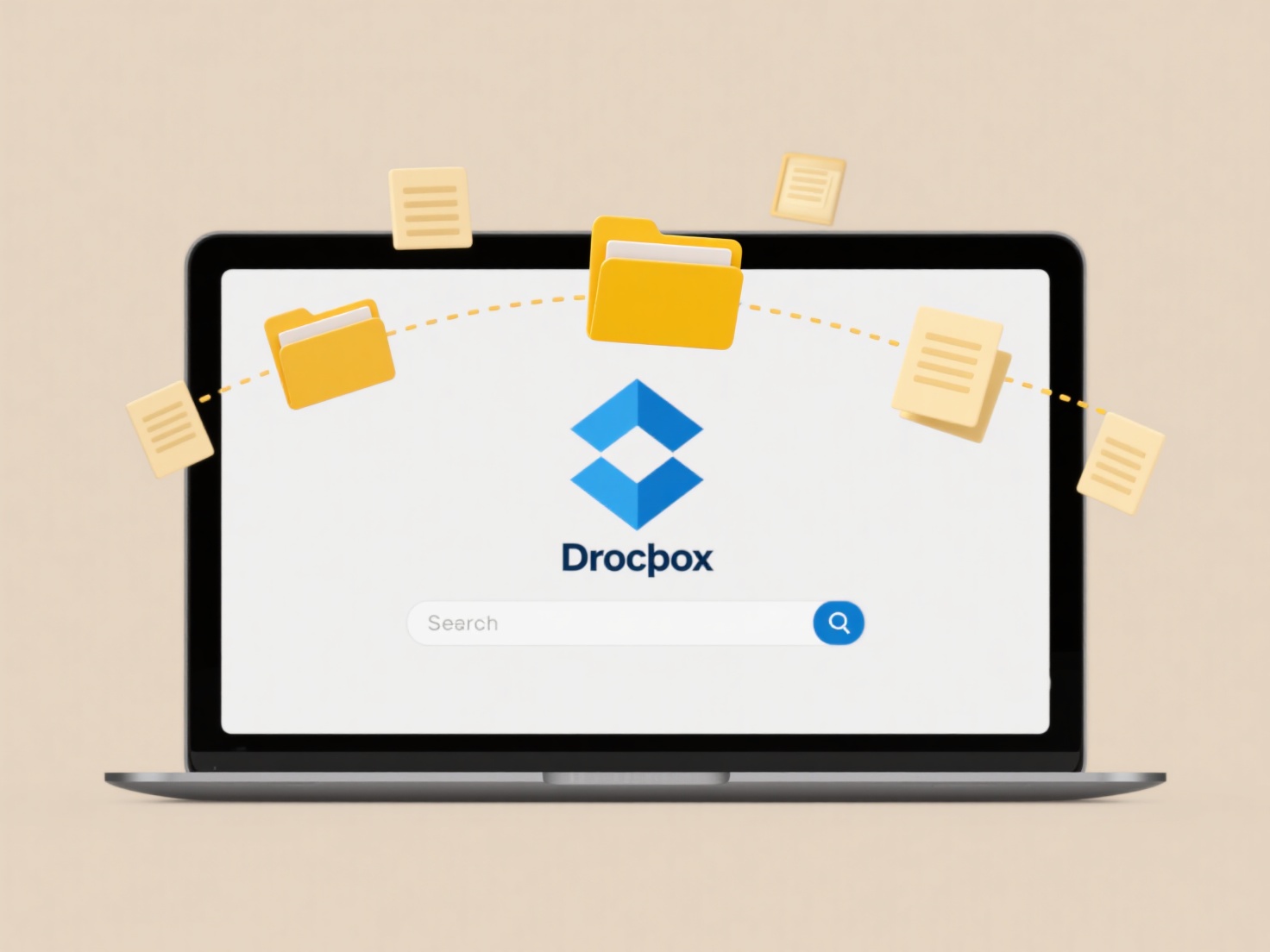
File sync status icons are small visual indicators that show the current state of a file's synchronization process between a local device and a remote storage location, like cloud storage (e.g., Dropbox, OneDrive, Google Drive). They signal whether a file is syncing (uploading or downloading), synced (successfully copied and current), conflicted (edits made on both sides), or failed to sync (due to errors). These icons provide immediate visual feedback within the file browser interface, distinct from general file icons which simply indicate file type.

Common examples include a circular blue arrows icon spinning to indicate ongoing syncing activity on platforms like Dropbox, and a solid green checkmark overlaid on a file's icon to confirm successful synchronization in Microsoft OneDrive. These icons appear directly on files and folders within the operating system's file explorer (e.g., File Explorer on Windows, Finder on macOS) when using dedicated sync client software.
These icons significantly enhance user experience by providing transparent sync status without needing to open a separate application. However, clutter from multiple icons can be distracting, and inconsistent icon designs across different platforms may cause confusion. Future developments focus on clearer visual language and minimizing interface clutter while maintaining the crucial real-time status information that prevents conflicts and data loss.
What are the icons used to show file sync status?
File sync status icons are small visual indicators that show the current state of a file's synchronization process between a local device and a remote storage location, like cloud storage (e.g., Dropbox, OneDrive, Google Drive). They signal whether a file is syncing (uploading or downloading), synced (successfully copied and current), conflicted (edits made on both sides), or failed to sync (due to errors). These icons provide immediate visual feedback within the file browser interface, distinct from general file icons which simply indicate file type.

Common examples include a circular blue arrows icon spinning to indicate ongoing syncing activity on platforms like Dropbox, and a solid green checkmark overlaid on a file's icon to confirm successful synchronization in Microsoft OneDrive. These icons appear directly on files and folders within the operating system's file explorer (e.g., File Explorer on Windows, Finder on macOS) when using dedicated sync client software.
These icons significantly enhance user experience by providing transparent sync status without needing to open a separate application. However, clutter from multiple icons can be distracting, and inconsistent icon designs across different platforms may cause confusion. Future developments focus on clearer visual language and minimizing interface clutter while maintaining the crucial real-time status information that prevents conflicts and data loss.
Quick Article Links
How do I search for files by name?
Searching for files by name involves using a computer's search function to locate specific files based on the text in th...
Is Wisfile suitable for organizing client files in my freelance work?
Is Wisfile suitable for organizing client files in my freelance work? Wisfile is ideal for organizing client files lo...
How do I manage permissions in SharePoint?
Managing permissions in SharePoint involves controlling user access to sites, lists, libraries, items, or documents. Sha...